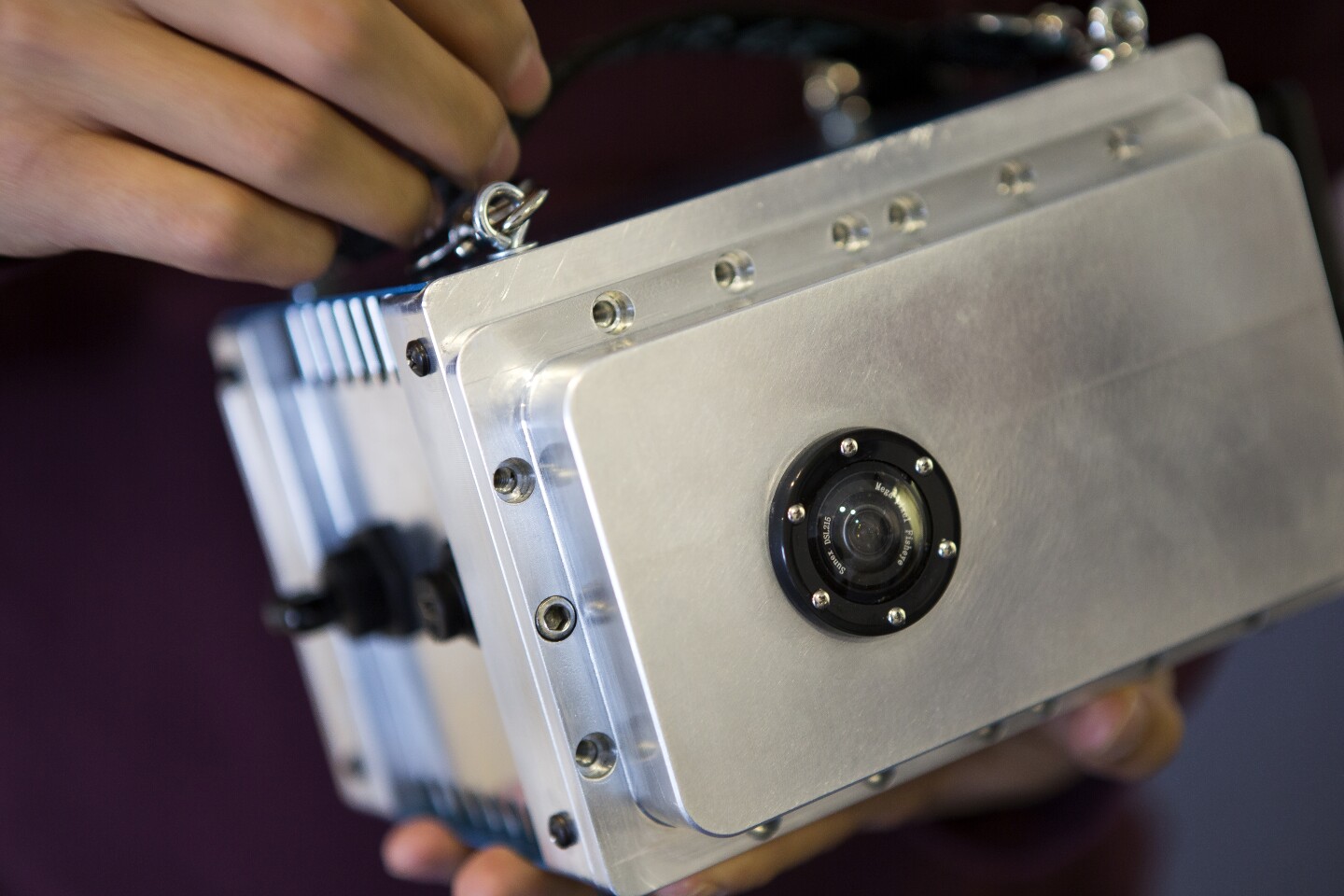Turn on any old science fiction film and odds are that you'll see someone listening to the ominous chirping of a Geiger counter. It's very dramatic, but not very precise and, unfortunately, nuclear scientists and engineers of today are stuck with the same problem. Now, researchers at the University of Michigan have developed a faster, cheaper way for nuclear power plants to detect and map dangerous hot spots and leaky fuel rods using a camera that maps radiation in real time.
The cliché of a buzzing, clicking box isn't that far from modern reality. Mapping out precise, accurate measurements of radiation in a given area is a laborious, expensive, dangerous and time-consuming task. Worse, the more accurate equipment needs to be cryogenically cooled, it’s bulky and slow, and costs in the neighborhood US$200,000.
The University of Michigan solution is the Polaris-H detector. Based on technology based on a project to track down nuclear terrorists, it's marketed by the spin off company H3D. The Polaris-H is a handheld radiation camera containing a cadmium-zinc-tellurium, room-temperature gamma ray detector of unprecedented precision that's much lighter and half the cost of cryogenic devices that lays a gamma-ray map over an image of an area.

"This technology enables people to 'see' radiation," says Zhong He, professor of nuclear engineering and radiological sciences at the University of Michigan and CEO of H3D. "This should enable the early detection of leaks by locating abnormal radiation, a much better understanding of radiation sources to protect workers, and it could be a tool for the clean-up effort of nuclear waste and fallout, such as in Fukushima in Japan."
According to the developers, the Polaris-H operates much faster than previous devices, doing in half an hour what used to take weeks. It not only detects the presence of radiation, but accurately pinpoints the sources and allows the user to track down sources and potential trouble spots, such as partially clogged pipes, stray radioactive particles and leaky fuel rods, as well as the ability to monitor radioactive plumes.

H3D president William Kaye says that the system can not only tell if a set of pipes are radioactive, but which ones, and at what spots the radiation is most concentrated. It works in real time and is operated from a touchscreen controller via a 15-ft (4.5 m) cord. The camera is set up, switched on using a simple on/off switch, and the operator retires to a safe distance while the camera stores data on a USB drive for later analysis.
"Our demonstrations used to last 20 minutes," says Kaye. "Now we just switch on the machine and say, 'Okay, these are all the isotopes, this is where they are, any questions?'"
The Polaris-H is currently at use at the Donald C. Cook Nuclear Plant in Michigan, and the Institute for Basic Science in Daejeon, South Korea, as well as NASA and the US Department of Defense.
Source: H3D
















